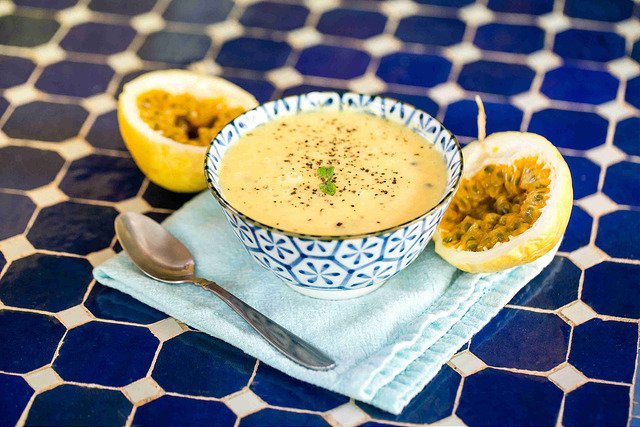Raw, vegetarian, 80/10/10, paleo, pescetarian-call it what you want, it seems there’s always a new diet to jump on board with that will ‘change your life.’ These innovative ways to eat have revolutionized the way that we live. From sourcing our ingredients locally, choosing organic or abstaining from meat, every day we make a choice about what to put in our bodies regardless of the label.
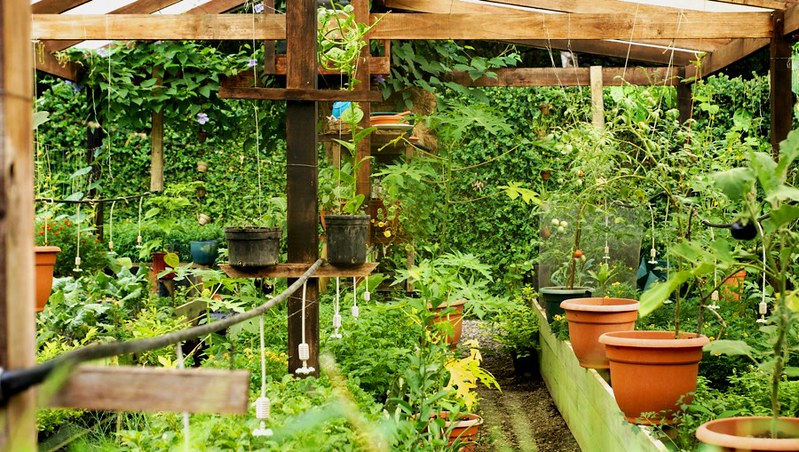
Vibrantly Vegan: 5 Easy Ways to Transition to a Vegan Lifestyle
So what about choosing to be vegan? These days the term ‘vegan’ is more known and making its way into mainstream supermarkets. More and more people are choosing to live a ‘cruelty-free’ lifestyle. In fact, according to a study commissioned by the Vegetarian Resource Group, there are now 7.5 million vegans in the United States, which has doubled since 2009.
Restaurants are now incorporating more vegan options into their menus, making dining out as a vegan much easier than 5 years ago. Apps such as Happy Cow and VegMan have also been developed so that vegans can easily find restaurants in their area by typing in their zip code or city. Germany opened their first entirely vegan supermarket Veganz, and one is due to open in London later this year.
Whether to live a healthy lifestyle or ethical reasons, more and more people are becoming vegan. There’s tons of information out there about the benefits of becoming vegan, but taking that initial plunge is often the most difficult. Here, I will lay out some easy ways to transition into a vegan lifestyle with easy tips and delicious recipes. Giving veganism a chance is a step in the right direction. With the right tools and proper education, you too can be on your way to living a life that it’s plant-based and packed with nutritional goodness.
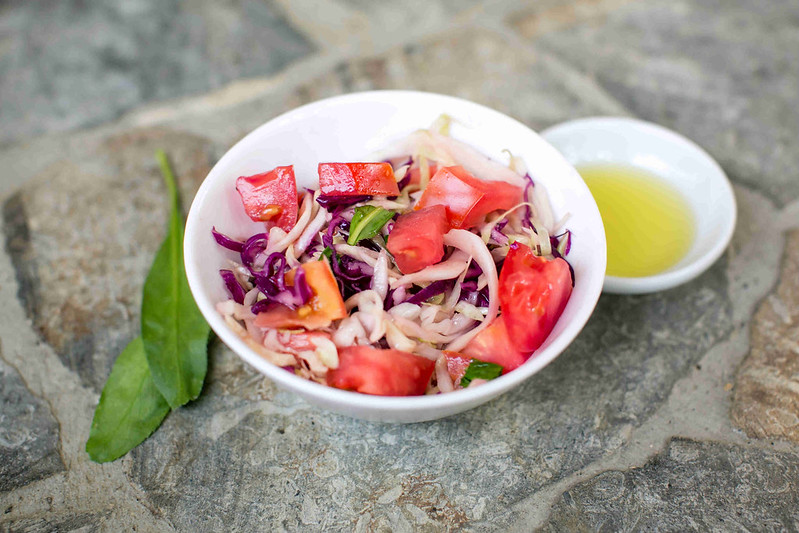
Don’t be too harsh on yourself.
Was that a sprinkle of Parmesan I saw on that vegan cracker? Did you know that gummy bear you’re eating contains gelatin which is derived from animal bones, connective tissue and organs? OK, that last one is a little gross, but in the end, oh well! No one is perfect and if you want to snack on a gummy bear or dabble in cheese, it’s OK. It’s all too easy to feel guilt over something if we’re not doing it 100% Instead of placing yourself in a little box and quickly labeling yourself as “vegan” try to be vegan most of the time. When people ask me about my diet I often say, “I don’t eat meat,” and then answer questions as they come. I don’t like to put up too many walls and restrictions. Being ‘vegan’ is not about being perfect, it’s a practice in awareness and listening to your body. If you restrict yourself to the point that you’re about to burst, then that’s not sustainable and you’ll quickly go back to your old habits. Instead, allow yourself to make mistakes and pick yourself back up when you do. No harm, no foul.
Get creative & feast with your eyes.
Yeah, easier said than done but truth be told, when your options for eating are solely based around plants you need to hone that inner chef in you and find some inspiration. When I was living abroad, I didn’t have the ‘luxuries’ of nutritional yeast, egg replacer, or even an oven. I had to find ingredients that were readily available and work around those. So yeah, my Vegan Sloppy Joes probably could have used a little help with some ingredients back home, but through trial and error, you find things that will make for a perfect texture and taste whilst at the same using locally sourced ingredients.
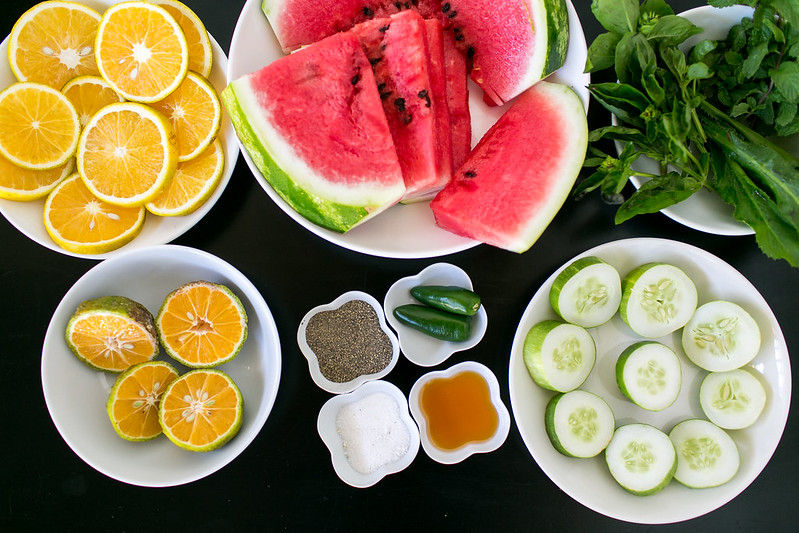
Start by making a list of some of your favorite dishes and then seeing what ingredients are available, and similar in body and taste. Mushrooms are often a great substitute as they’re hearty and have a nice, rich flavor. Tofu can be great either blended to make a creamy sauce or fried to throw a hot pan with some fresh veggies. A big bulk of becoming vegan is becoming more educated around whole foods. Foods that are alive and will make you feel alive.
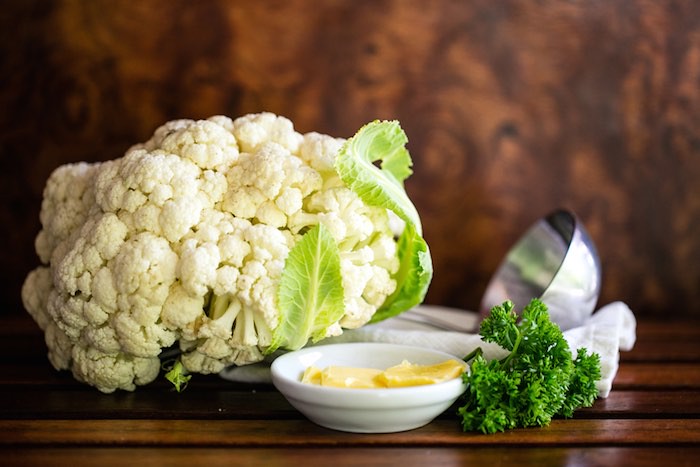
When we eat, we eat with our eyes first. The best thing about being vegan is that it is plant-based and plants are generally very colorful. I love choosing a base color and then building upon that. For example, when making a big giant salad my base color is green and then accenting it with whatever colorful ingredient I can find. Pouring a fabulous fruit dressing over the salad, is a nice way to incorporate fresh juice into your meal as well.
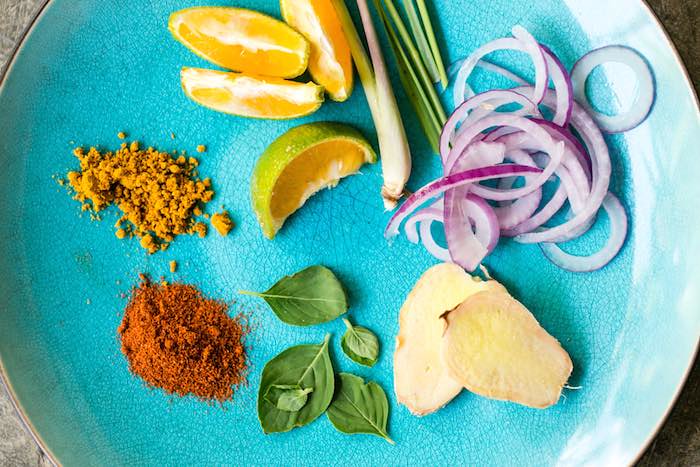
A nice rule of thumb for when you’re eating is to try and incorporate all the colors of the rainbow. It’s also important to know your colors. Greens are usually packed with calcium and protein, oranges are full of beta-carotene and purples are high in magnesium. Knowing what colors contain what nutrients can help you decide how to plan your next meal.
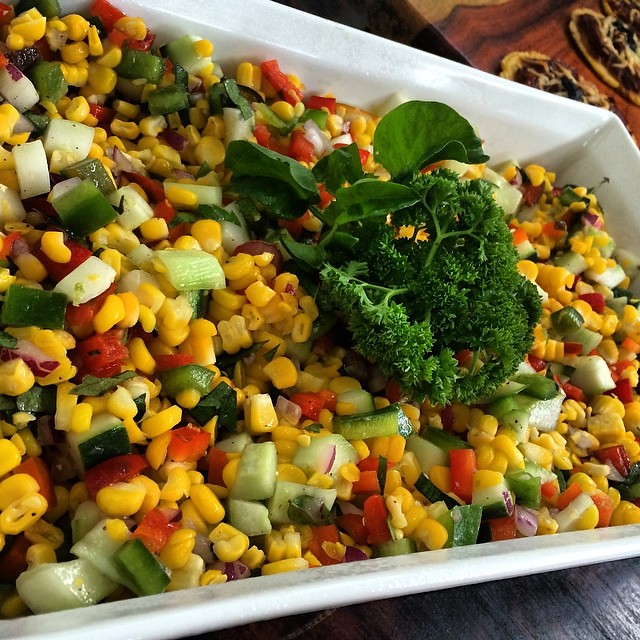
Detach from dairy.
Making the switch from dairy to non-dairy can be a bit of a task. Luckily, if you’re in the States or Europe, there are a lot more options for dairy-free milks. However, if you are in an area with no choices for purchase, making your milk is always an available option. From rice milk to almond milk, there’s for sure an available ingredient for homemade milk that won’t break the bank.
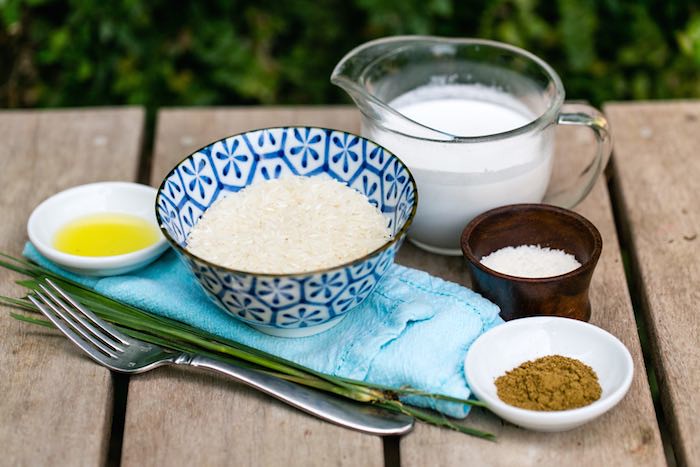
Also, don’t fret about the cheese. Often when people would hear that I was vegan they would reply, “I could NEVER give up cheese.” I would then smile and say, “yes you can.” The fact of the matter, simply put, is CHEESE IS ADDICTIVE. It’s essentially the culinary form of crack. Cheese contains a protein found in all milk products known as casein. During the digestion process, casein releases opiates called casomorphins. The casomorphins then get jiggy with the dopamine receptors, and it is in this process that an addictive element is triggered. So, how do you get rid of this addiction? Well, first you admit you have a problem and then you start to slowly ween yourself off of it. Each new day is a chance for you to rid your body of this substance, and eventually, it will be gone entirely. It takes time, yes, but if once it is out of your system your cravings should subside and you should then be craving something nutritious that’s not laced with crack.
Be prepared!
Make sure you have healthy vegan snacks with you, especially when you’re out running errands or at work. Preparing snacks ahead of time and throwing them into your bag, is a great way to curb your appetite so that you don’t feel the temptation to resort to processed food that will most likely not be vegan. In your refrigerator, be sure to place accessible food in the front. For example, placing an open bowl of grapes in the front of the refrigerator is much more accessible than keeping them in a bag in the crisper. We’re more likely to grab the open bowl than dig around in search for the grapes, especially if we’re really hungry.
I love fresh, crunchy veggies. So for me, having fresh cut veg already cut up into easy-to-snack pieces are my go-to. If you’re more into fruit, then do the same with fruit. Adding a dipping sauce on the side is another way to jazz up your snacks. My favorites are hummus, guacamole and vegan ranch.
Lover of ranch? Vegans need not worry, below is my favorite recipe for a ranch dip with herbivore and omnivore satisfaction guaranteed!
BEST Vegan Ranch:
1 lb silken/soft tofu
3 tbsp fresh chives, chopped
1/8 cup fresh dill, chopped
1/4 cup fresh parsley, chopped
3-4 garlic cloves, minced
1/4 tsp onion powder
salt and pepper to taste
1/4 cup unsweetened, unflavored non-dairy milk (optional)
juice of 1 lemon (about 3 tbsp.)
1 tbsp. vinegar of your choice
Throw everything into the blender, except the herbs and chives, and blend. Once you’ve got a rich, creamy consistency, pulse the herbs and chives in. Can serve right away or chill in the fridge for a few hours.
Start light.
Making the transition into veganism can seem like a daunting task, but taking small steps can help you achieve your goals. You can begin by incorporating one meal a day with a vegan meal. Having a smoothie for breakfast is a great way to start your day. Breakfast is the most important meal of the day, so having something creamy, rich and satisfying will surely satiate your hunger and keep you going until it’s time for that mid-morning snack.
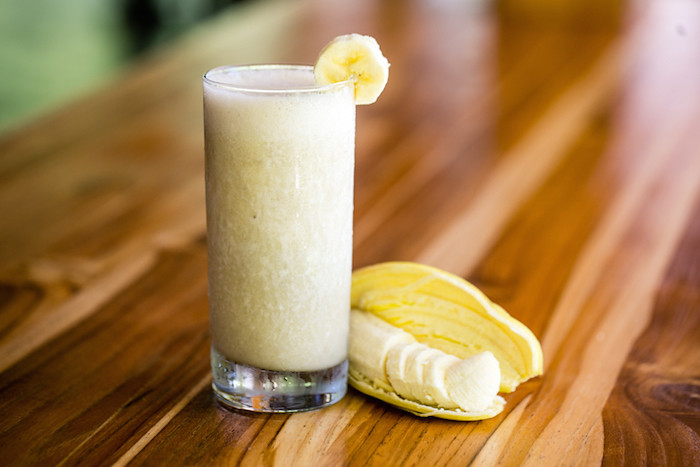
Once you’ve swapped out your breakfast for a vegan delight, you can then move onto lunch. Making a big batch of soup at the beginning of the week, and storing it throughout the rest of the week, is an easy and convenient way to keep you on the vegan path. Complementing that soup with a salad and/or fruit, will you give you the fresh, raw energy you need so you can easily continue on with the rest of your day.
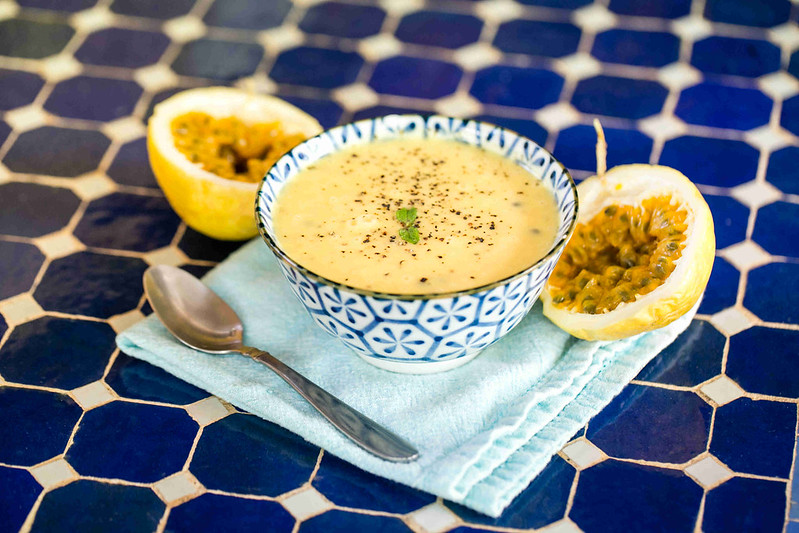
You’ve had your smoothie, soup, and snacks in between, and now it’s time for dinner. Having a plant-based dinner does not mean it has to be a one-pot-wonder. You can still create a multi-layered meal with many components to keep you palette pleased and your stomach full.
For me, having a salad before or after a meal is a must. Be prepared to set aside 10-20 minutes to make a salad, OR have your ingredients washed and ready to go, chop em’ up, dry them and store them in a freezer bag in the fridge. Having salad already prepared makes it easy for you to reach in, grab a handful and throw it in a bowl. Most salads will last up to 3-4 days in the fridge, as long as the lettuce is properly dried and you shake the bag daily.
You have the option to build upon the salad or make something completely different, using the salad as a side dish. You can try a cauliflower pesto pasta or maybe your tastebuds want to go south of the border with a traditional Costa Rican dish of rice and beans, called Gallo Pinto. The mix of the rice and beans give the meal a hearty texture, and the seasonings are rich with flavor. You can also experiment with seitan, a gluten-based protein that is used a lot in vegan cooking to make meals meatier. Since giving up meat, the thing I miss most is boneless Buffalo chicken wings (just typing that has caused a pool of saliva to form in my mouth). I found the perfect recipe that satisfies that buffalo hunger. Keep in mind this is no walk in the park, the whole process from start to finish takes about 2 hours, but it is WELL worth it.
Finally, don’t skip dessert. Contrary to popular belief, just because you’re vegan doesn’t mean you have to sacrifice food or flavors. You can still have dessert, you just have to be mindful. There are plenty of recipes out there that will satisfy your sweet cravings. Do keep in mind that most store-bought sweets are made with eggs and milk, so making your own and finding that perfect substitute can be a fun challenge. I love ‘googling’ whatever it is I’m looking to eat and typing ‘vegan’ after it, you’d be surprised at what comes up and just how easy it can be to make your favorites while partaking in a cruelty-free lifestyle.
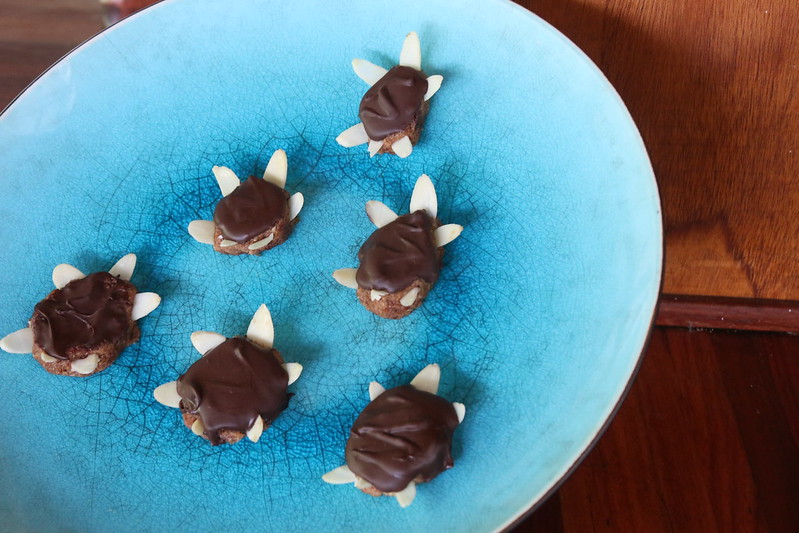
So there you have it. I challenge you. Yeah, you. Try these 5 easy steps and do your best to stick with the plan for at least 5 days. If after 5 days you don’t feel you can do it anymore, then slowly ween yourself back to your normal diet. BUT, if after the 5 days you think you can further with it, then do it! Go for as long as you can, and if you do ‘fall off the wagon’ then no worries. Being vegan for even 1 day a week can make a huge difference. According to the Environmental Defense, if we skipped even one meal of meat a week, the carbon dioxide savings would be the same as taking 500,000 cars off of U.S. roads. That’s just going vegetarian, imagine what we could accomplish if we went vegan and did that more often? The possibilities are endless, but all crucial to our well-being and the preservation of this beautiful earth. I mean, why not go vegan?
About The Author

Tara DeAugustine is an elementary school teacher, presently taking a much-needed break from teaching, and in turn dabbling in and out of different job roles. Her travels have taken her all over the world, previously living in Thailand, Taiwan and Cambodia. Currently, she’s a volunteer writer and yoga instructor at Blue Osa Yoga Retreat & Spa in Costa Rica. When she’s not busy at work, you can find her doing what she loves, which is included but not limited to: lazing about in hammocks, eating salad, watching sunsets and reading.


